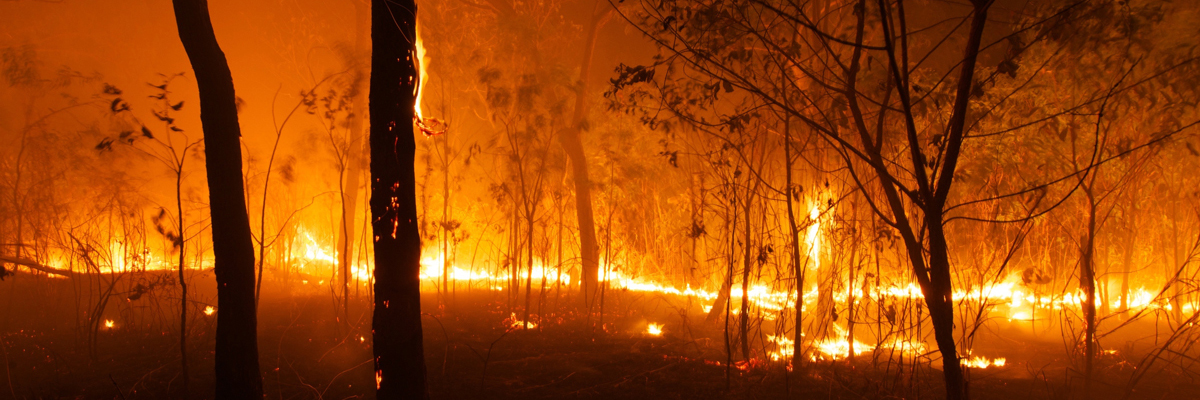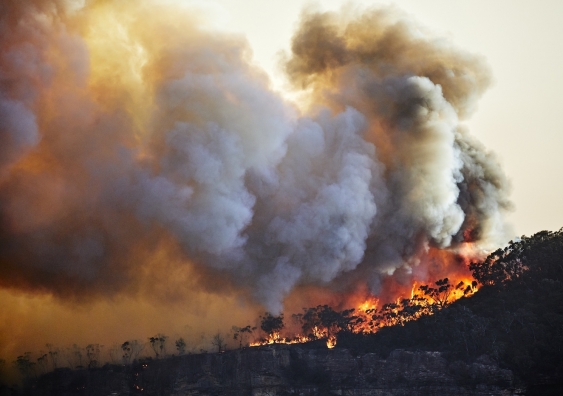Proactive Home Security: Leveraging the Insights of a BAL Report
Proactive Home Security: Leveraging the Insights of a BAL Report
Blog Article
Exactly How BAL Report Impacts Shrub Fire Protection Procedures
In the world of bush fire security, the Building Assault Degree (BAL) report stands as a vital tool that substantially affects the safety and durability of homes in fire-prone areas - BAL Report. The effect of a BAL analysis extends much beyond mere documentation; it functions as the keystone for establishing the ideal building requirements and fire protection measures necessary to reduce the risks presented by bushfires. As areas face progressively serious fire periods, comprehending just how the BAL report shapes these protective procedures ends up being paramount for policymakers, house owners, and contractors alike
Comprehending the Bushfire Strike Level

Value of BAL Record Evaluation

Additionally, the BAL record assessment functions as a foundational step in abiding by lawful commitments and needs connected to bushfire protection. Regional councils and authorities usually mandate the submission of a BAL report as part of the planning and building approval process to guarantee that properties are sufficiently guarded versus bushfire dangers. Stopping working to conduct an extensive BAL report assessment can result in inadequate protection actions, leaving buildings at risk to devastating bushfire events.
Construction Criteria Based on BAL
A comprehensive understanding of the Bushfire Strike Level (BAL) enables homeowner to implement building and construction criteria tailored to their specific threat account. Building standards based upon BAL are vital in alleviating the effect of bushfires on residential or commercial properties. The BAL rating classifies the potential threat a property encounters during a bushfire on a range from BAL-Low to BAL-FZ (Flame Area) Each BAL level corresponds to certain construction needs laid out in the Australian Common AS3959-2018 Construction of Structures in Bushfire-Prone Areas. For example, properties identified as BAL-Low might only need standard actions such as clearing particles and maintaining gardens, while those in higher BAL categories require even more robust procedures like ember displays, fire-resistant products, and sealed home windows. Abiding by these construction criteria not just enhances the structural durability of the home yet likewise improves the general safety and security of homeowners during a bushfire event. Building proprietors have to meticulously consider their BAL ranking and abide with the matching building and construction criteria to adequately safeguard their occupants and homes.
Executing Fire Defense Procedures
With the foundation of construction requirements based on Bushfire Strike Level Web Site (BAL) in position, the emphasis currently moves in the direction of the sensible application of fire protection steps to fortify properties versus bushfire dangers. Applying fire security measures includes a combination of passive and energetic strategies to improve the strength of structures try this out in bushfire-prone areas. Passive actions consist of using fire-resistant structure products, setting up ember guards on vents, securing voids in roof coverings and wall surfaces, and preserving a clear room around the property devoid of combustible greenery. Energetic measures encompass having firefighting devices readily offered, such as hoses and water pumps, in addition to developing a defendable space around the building by clearing plant life and having a well-maintained garden. Additionally, developing an emptying strategy and ensuring all locals are conscious of emergency procedures are critical components of effective fire protection procedures. By integrating both passive and active methods, residential properties can significantly decrease their susceptability to bushfire cases and raise the safety of occupants.
Safeguarding Residences Against Bushfires
Efficiently safeguarding homes against the devastating influences of bushfires calls for a detailed and positive approach to fire defense steps. Furthermore, sealing voids and vents to avoid ember invasion, as well as including fireproof doors and home windows, can help fortify the home's protection versus bushfires. By accepting a proactive position and integrating these protective procedures, house owners can considerably increase their opportunities of guarding their homes versus bushfires.
Conclusion
To conclude, the Bushfire Assault Level (BAL) report plays an important role in determining the essential security steps versus bushfires. By examining the BAL, construction criteria can be tailored to alleviate the risks and make certain the safety of homes in fire-prone locations. Implementing fire security measures based upon the BAL record is necessary his explanation in protecting residential properties from potential bushfire dangers. It is crucial for homeowners to prioritize BAL analyses and comply with advised building and construction criteria to enhance bushfire strength.
In assessing bushfire risk to residential properties, recognizing the Bushfire Attack Level (BAL) is an important part for applying reliable protection procedures. Generally, a clear understanding of the Bushfire Strike Degree is crucial for applying sufficient security steps and alleviating the effect of bushfires on residential properties.

Report this page